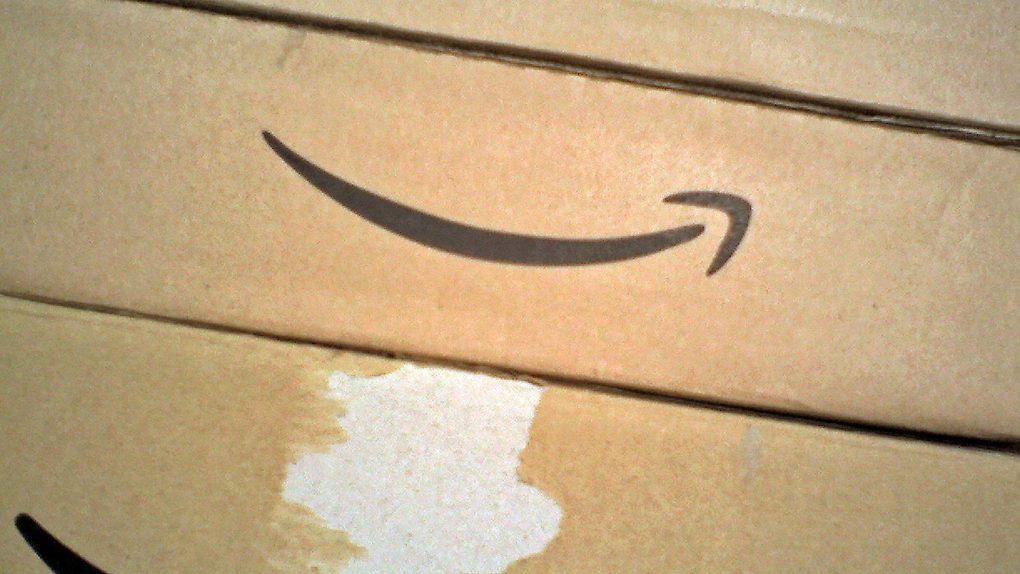Day is very nearly upon us, which means it’s a good time to evaluate just why it’s seemingly such a big deal. Prime Day is Amazon’s biggest shopping day of the year, way exceeding Black Friday, and it’s all due to the membership service’s popularity.
Estimates from Morningstar (found by Recode) suggest that 79 million households are subscribed to Prime in the US alone. That’s a staggering number, very nearly more than the number of households subscribed to a comparable service: pay TV.
A different estimate from S&P Global suggests that around 90 million households will pay for satellite and cable TV this year. Now, of course, that omits the fastest-growing segment of pay TV — streaming services — from the pay TV category, but it’s still an impressively close call between pay TV and
Pay TV has long been the benchmark of a luxury good that provides an accurate barometer for middle America’s spending habits. It’s one luxury that most households can and do buy, so Prime catching up in subscriptions is a huge deal.
In some ways, it’s actually more of an accomplishment. Prime is a subscription service run by one single company, while the cable and satellite market is largely ruled by five larger providers. Pay TV took decades to achieve the same level of market penetration as Amazon’s achieved in just five.
Much of Amazon’s recent growth comes from Prime not as a luxury, but as an economic necessity for more and more households. Amazon has rolled out a program that lowers the price of Prime for those on government assistance, and the recent push into groceries turns it into an essential service, rather than a way of buying random gadgets.










